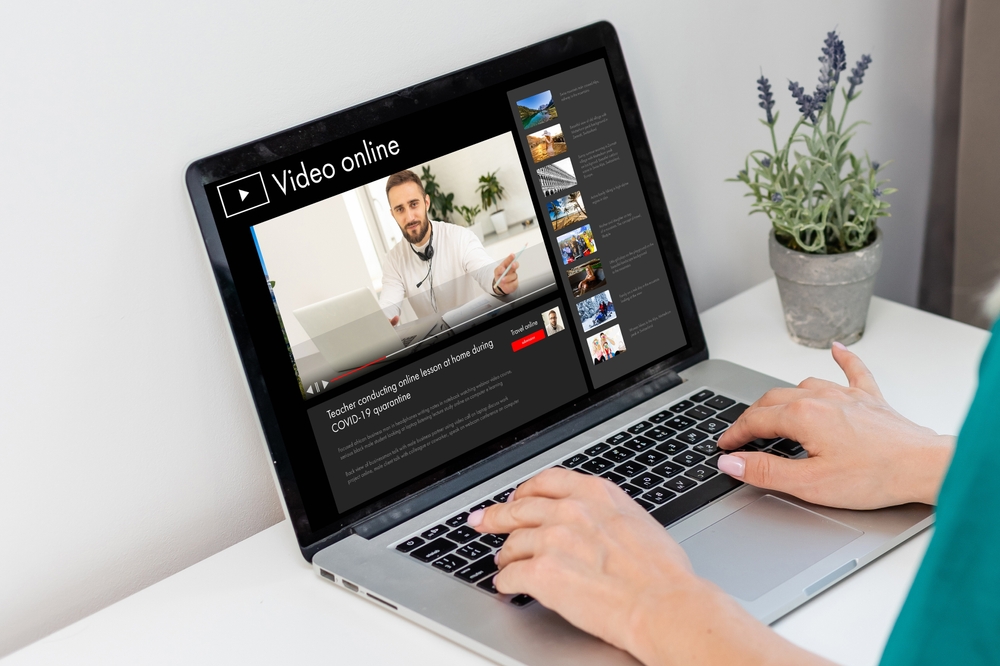
Boosting Your Online Store's Traffic Through Effective Social Media Advertising
In the digital marketplace of today, harnessing the power of social media advertising has become crucial for businesses aiming to increase their online visibility and drive traffic to their e-commerce platforms. With an ever-growing user base across various social networks, these platforms offer unparalleled opportunities to connect with potential customers and boost sales. This comprehensive guide explores strategies to leverage social media ads effectively, helping you attract qualified leads and grow your online store.

The Current State of Social Media Advertising
The importance of social media in marketing strategies continues to surge. Recent projections estimate that global spending on social media ads will surpass $200 billion by 2025, underlining the critical role this channel plays in modern marketing efforts. Platforms such as Facebook, Instagram, Twitter, and LinkedIn now provide sophisticated targeting options, allowing businesses of all sizes to reach their ideal audience with unprecedented precision.
Selecting the Ideal Platform for Your Business
Each social media platform caters to a unique demographic and offers distinct advertising features. Consider the following overview when choosing where to focus your efforts:
- Audience: Diverse age range (18-65+)
- Best for: B2C companies, local businesses
- Ad Types: Photo ads, video ads, carousel ads, collection ads
- Targeting: Detailed options based on demographics, interests, and behaviors
- Audience: Younger adults (18-34)
- Best for: Visually-driven industries (fashion, beauty, travel)
- Ad Types: Photo ads, video ads, Stories ads, Reels ads
- Targeting: Visual-centric, great for influencer collaborations
- Audience: Professionals, B2B market
- Best for: B2B services, professional development products
- Ad Types: Sponsored content, InMail ads, text ads
- Targeting: Job titles, company size, industry sectors
- Audience: News-savvy users (18-49)
- Best for: Real-time marketing, tech industry
- Ad Types: Promoted tweets, trends, accounts
- Targeting: Keywords, interests, lookalike audiences
- Audience: Predominantly women (25-54)
- Best for: DIY, home decor, recipes, lifestyle products
- Ad Types: Promoted Pins, video Pins
- Targeting: Keywords, interests, life events
When deciding on a platform, consider your target demographic, product type, and marketing objectives. For instance, a B2B software company might find LinkedIn most effective, while a trendy clothing brand could see better results on Instagram or TikTok.
Crafting Engaging Ad Content
The success of your social media campaigns hinges on creating compelling ad content. Here are some tips to make your ads stand out:
- Use high-quality visuals: Invest in professional photography or graphic design to capture attention in crowded feeds.
- Write concise, impactful copy: Clearly communicate your value proposition in a few words.
- Incorporate social proof: Feature customer testimonials or user-generated content to build trust.
- Create a sense of urgency: Use limited-time offers or exclusive deals to encourage quick action.
- A/B test different elements: Experiment with various images, headlines, and calls-to-action to find what resonates best.
Advanced Targeting Techniques
One of the most powerful aspects of social media advertising is the ability to reach specific audience segments. Consider these targeting strategies:
- Lookalike Audiences: Create audiences similar to your existing customers or website visitors.
- Custom Audiences: Retarget users who have previously interacted with your brand.
- Interest-based Targeting: Reach users based on their interests, behaviors, and demographics.
- Geotargeting: Focus on specific locations relevant to your business.
For example, an online bookstore might use interest-based targeting to reach avid readers, while a local cafe could use geotargeting to attract nearby customers.
Optimizing Landing Pages for Conversions
Driving traffic to your store is just the first step. To convert visitors into customers, your landing pages must be optimized:
- Ensure mobile responsiveness: With most social media usage on mobile devices, your pages must look great on smartphones.
- Maintain visual consistency: Your landing page should match your ad’s look and feel for a seamless experience.
- Use clear calls-to-action (CTAs): Make it obvious what you want visitors to do next.
- Optimize loading speed: Aim for load times under 3 seconds to reduce bounce rates.
- Display social proof: Include customer reviews or trust badges to build credibility.
Measuring Campaign Performance
To continually improve your social media advertising efforts, it’s crucial to track and analyze key metrics:
- Click-through rate (CTR)
- Conversion rate
- Cost per click (CPC)
- Return on ad spend (ROAS)
- Engagement rate
Utilize tools like Facebook Pixel or Google Analytics to monitor these metrics and attribute conversions to specific campaigns.
Staying Compliant with Platform Policies
Each social network has its own advertising guidelines. Common restrictions include:
- Prohibited content (e.g., tobacco, weapons)
- Health claims
- Use of personal attributes in targeting
- Copyright infringement
Familiarize yourself with these policies to avoid ad rejections or account suspensions.
Leveraging Influencer Partnerships
Influencer marketing can complement your social media advertising strategy by:
- Reaching new, engaged audiences
- Gaining credibility through association
- Creating authentic, relatable content
When selecting influencers, focus on engagement rates and audience alignment rather than just follower count. Micro-influencers (10,000-100,000 followers) often have highly engaged audiences and can be more cost-effective for smaller businesses.
Integrating with Other Marketing Channels
For maximum impact, integrate your social media advertising with other marketing efforts:
- Email Marketing: Retarget email subscribers on social media using custom audiences.
- Content Marketing: Promote blog posts or videos through social ads to increase reach.
- Search Engine Marketing (SEM): Use insights from paid search campaigns to inform social media targeting.
This integrated approach ensures a consistent message across all touchpoints and can lead to higher overall marketing ROI.
Emerging Trends in Social Media Advertising
Stay ahead of the curve by keeping an eye on these emerging trends:
- Augmented Reality (AR) Ads: Allowing users to virtually try products before purchasing.
- Social Commerce: In-platform shopping features making it easier for users to buy directly within social apps.
- Short-form Video: The rising popularity of brief, engaging video content across platforms.
- Privacy-Focused Advertising: New targeting methods that respect user privacy concerns.
- AI-Powered Optimization: Advanced algorithms automating campaign optimization.
By implementing these strategies and staying informed about the latest developments in social media advertising, you’ll be well-equipped to drive targeted traffic to your online store, increase brand visibility, and boost sales. Remember to regularly review your approach, test new ideas, and adapt to the ever-changing digital landscape. With persistence and creativity, social media advertising can become a powerful engine for your e-commerce growth.

Tool Web
Founder
There are times when the loudest truths lie within the quietest minutes. Amidst this mayhem, it is frequently small, overlooked aspects that speak out the most important lessons ever. Look out for these faint indicators since they could be all that you require for an important move in life.




